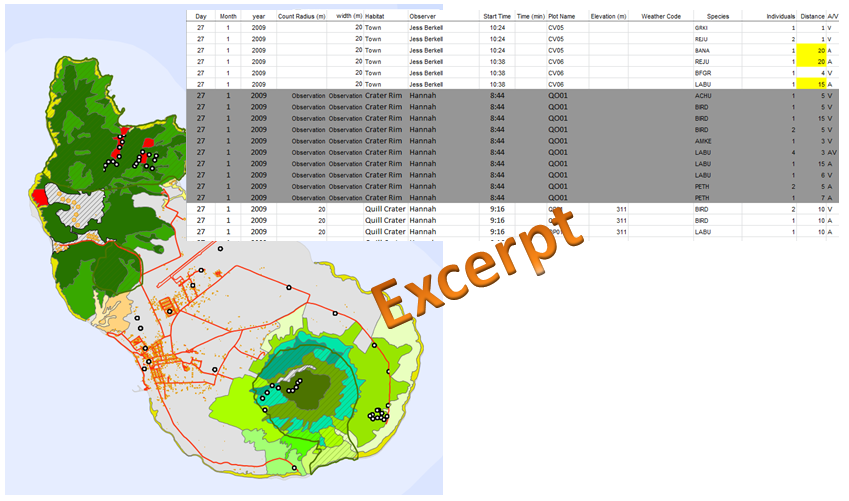St. Eustatius: Nature Awareness Project

In October 2016, a two-year project to increase awareness and understanding of nature on St. Eustatius commenced, funded by the Ministry of Economic Affairs (MinEZ) and facilitated through the Caribbean Netherlands Science Institute (CNSI). Public awareness and community outreach is of critical importance in order to gain the support of the local community, and to promote efficiency among the various stakeholders pertaining to new nature and environmental plans. Public support for nature can be enhanced enormously, when people see the link between nature and their own interests like economic prosperity.
This news-item was published in BioNews 10-2017.

